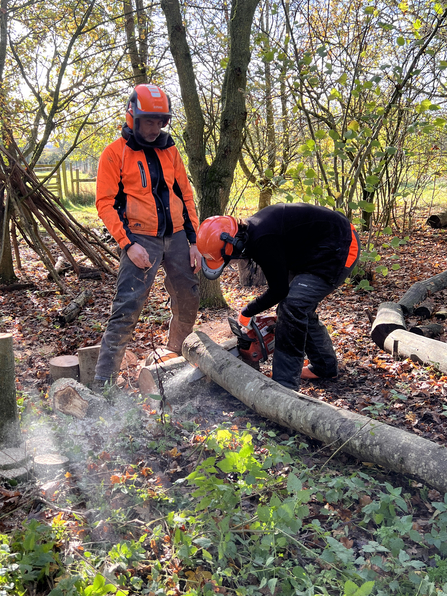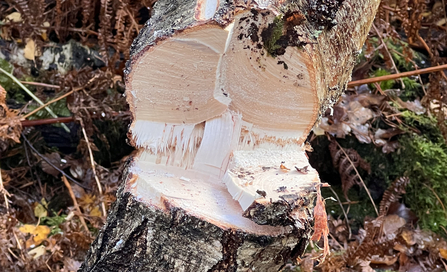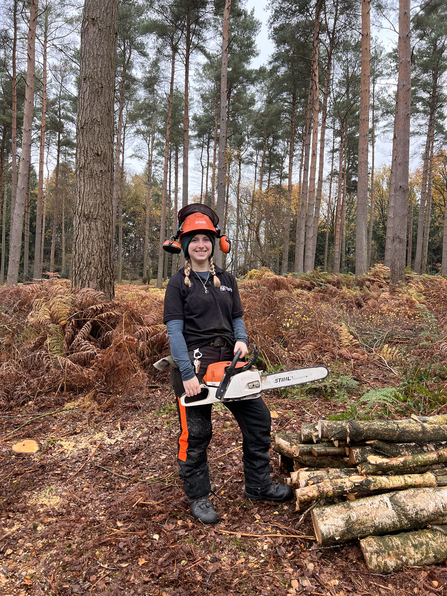Hi, I'm Katie and I'm one of the Trust's conservation trainees. Stumbling upon the advertised traineeship, I wasn’t entirely sure what to expect but at my interview, I was given an insight into what I could be doing. Different training courses, woodland management, working outdoors in all weathers were just a few of the things mentioned - I just had to do it and, fortunately, I got the call that same day offering me one of the positions.
I have a keen interest in gaining as many practical skills as possible, and the traineeship has given me the opportunity to do just that, which I wouldn’t have had otherwise. Most of my working life has been centred around birds of prey. As a bird of prey trainer at a centre in North Yorkshire for five years, as well as being the volunteer co-ordinator, I gained public speaking and demonstration skills.
Fast forward to January 2023 and I have been with the Trust for four months so far and what fun it has been. There are four trainees, all from different backgrounds but all with a similar interest of wanting to focus our career on wildlife and conservation work.




